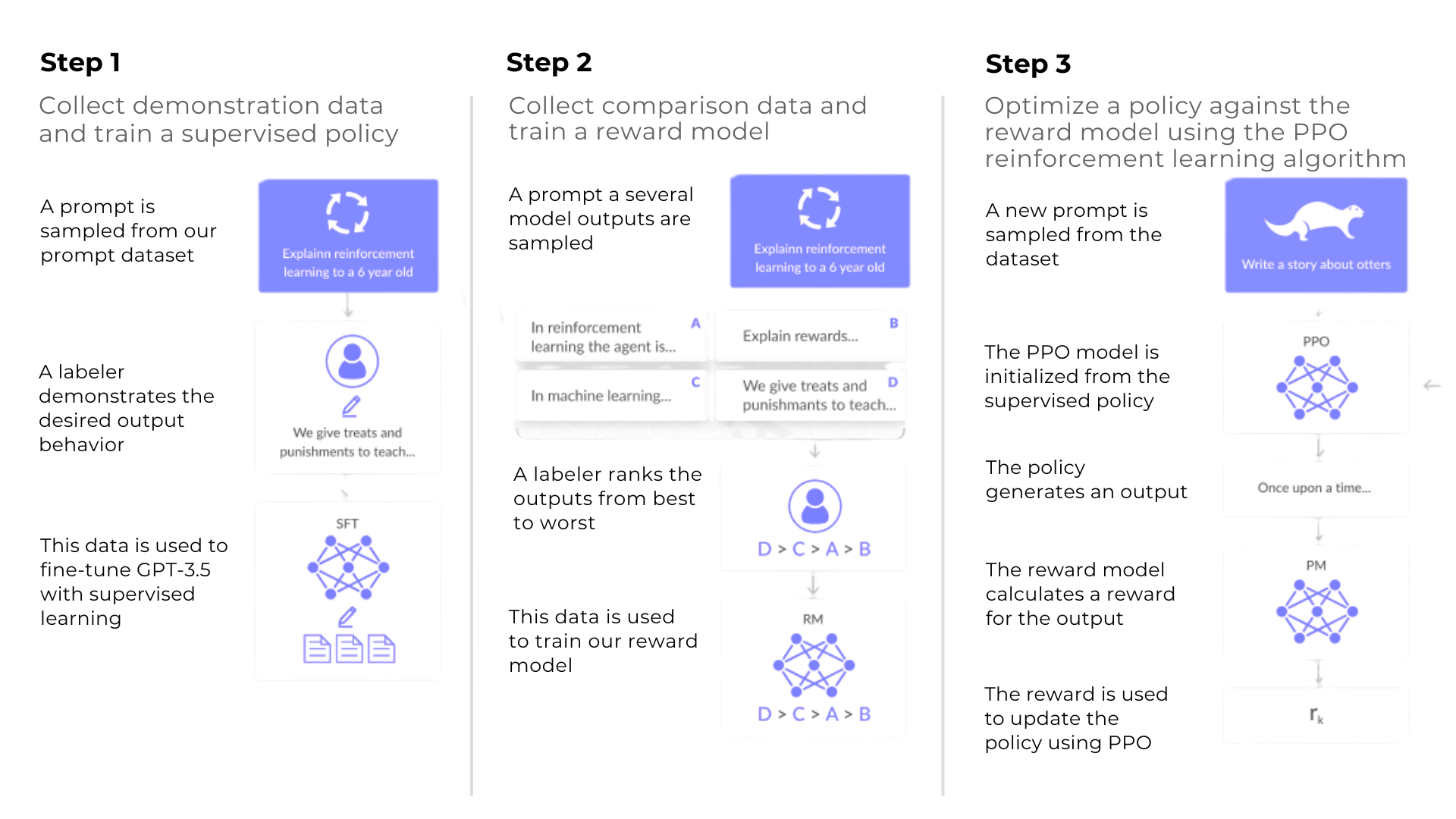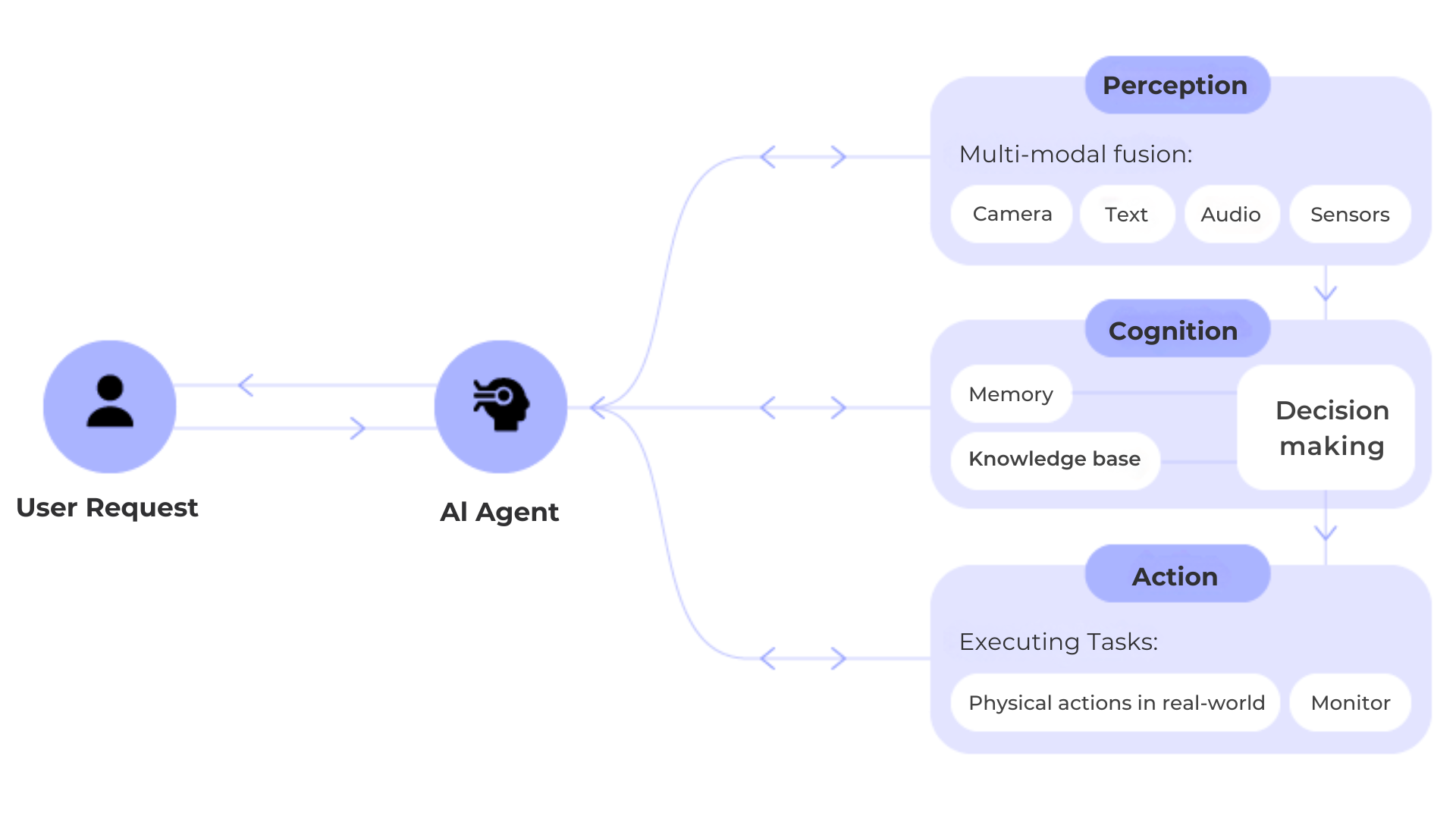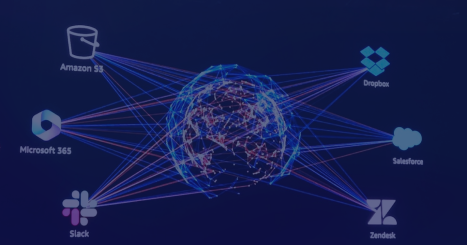Artificial intelligence is entering an exciting new chapter. Generative AI has already transformed the way businesses create content, communicate, and extract insights — helping teams work smarter and faster. Now, a new breakthrough is expanding those possibilities even further: Agentic AI.
The momentum is building fast: Deloitte predicts nearly half of Gen AI users will explore agentic AI pilots by 2027, while investment in enterprise agentic AI startups has already reached $2 billion. At the same time, public interest is surging, with search trends for “agentic AI” peaking at the end of 2024.
Whether you’re a developer, decision-maker, or simply curious about the latest advances in artificial intelligence, this analysis will help you understand how these technologies are redefining our relationship with automated systems and opening new possibilities for innovation.

What is generative AI?
Generative AI is a class of AI systems designed to create original content — including text, images, code, audio, and video — that closely resembles human output. These models, typically powered by large language models (LLMs) and deep learning architectures like transformers, are trained on massive datasets to recognize patterns and generate coherent, creative results. Using learning approaches such as unsupervised, semi-supervised, and reinforcement learning with human feedback (RLHF), they form the backbone of tools like GPT-4, Claude, DALL·E, and others.
The real impact of Generative AI becomes clear when applied to complex, document-heavy industries. For example, Dedicatted’s GenAI-powered claims processing solution for an insurance company automated data extraction and validation across thousands of claims. By integrating large language models into workflow orchestration, the system reduced manual handling time by 70% and improved accuracy in fraud detection. This case perfectly illustrates how GenAI transforms traditional back-office processes into intelligent, self-improving systems – a crucial first step toward agentic autonomy.

What does Agentic mean in AI?
As AI matures beyond content generation, a new class of intelligent systems is taking the spotlight: Agentic AI . Unlike generative models that rely on prompts to produce text, images, or code, Agentic AI systems are designed to act independently toward specific goals. They perceive their environment, reason through decisions, take real-time actions, and learn from the results — all with minimal human supervision.
What is agentic ai definition: At the heart of Agentic AI is a continuous decision loop: perceive, reason, act, and learn. These systems gather real-time data from various sources (like APIs, documents, or sensors), analyze it using advanced reasoning techniques — often coordinated by large language models (LLMs) — and then execute tasks directly through software integrations or human interaction. Once an action is taken, the AI evaluates the outcome, applies reinforcement learning or feedback loops, and improves over time. This adaptive autonomy enables businesses to scale operations, respond faster to change, and reduce the burden of repetitive decision-making.
Agentic AI takes intelligence one step further – from creating to deciding and acting. A striking real-world example is Dedicatted’s collaboration with Cassen Laboratories, a Canadian chemical lab. We helped deploy one of Canada’s first multi-agent AI systems for environmental testing. Built on AWS with Amazon Bedrock and Nova models, the solution automated complex chemical profiling, expanded analytical capacity threefold, and introduced consumer-ready reporting layers without compromising compliance.

Agentic AI vs Agent AI difference
It’s also important to clarify a common confusion: Agentic AI vs. AI agents. Agentic AI refers to the capability — the intelligent framework that powers autonomy and learning. AI agents, on the other hand, are the applications — the individual entities or tools that perform tasks in specific domains. Not all AI agents are agentic. Many still rely on simple rules or predefined flows.
In a practical context, a complex agentic AI system might orchestrate several specialized agents. A research agent might be responsible for collecting relevant information, while an analysis agent would process and interpret this data. A decision agent would then determine the most appropriate actions to undertake, and an execution agent would finally implement these actions in a concrete manner.
Difference between Agentic AI and Generative AI
Although generative AI, agentic AI and AI agents represent significant advances in the field of artificial intelligence, they differ fundamentally on several crucial aspects.

Fundamental architectural differences
The difference between agentic AI vs traditional AI isn’t just in what they do — it’s in how they’re built. These architectural foundations shape how each system behaves, scales, and delivers value to your business.
Generative AI systems are streamlined by design. They rely primarily on a large pre-trained model focused on delivering high-quality content based on static input. There’s minimal infrastructure for memory, perception, or interaction with external environments — making them powerful creators, but limited in autonomous function or adaptability.

Agentic AI introduces a layered, modular architecture built for real-world action. At the core is a decision-making engine (often a large language model), but it’s enhanced by dynamic data ingestion modules, memory systems that preserve long-term context, integrated tools for taking action, and feedback loops for learning. This complexity is intentional — it enables agentic systems to perceive, decide, act, and evolve across time and tasks.
AI agents can be thought of as the operational layer — the front-line actors that embody these architectures. Their structure depends on the intelligence behind them: from lightweight task bots built on rules, to sophisticated autonomous agents orchestrated by agentic frameworks. The more advanced the architecture, the more these agents can operate independently, adapt on the fly, and deliver strategic impact across business functions.

A crucial point to understand is that agentic AI and generative AI are not mutually exclusive. In fact, majority of the agentic AI systems incorporate generative capabilities as one of their components.
For example, an AI agent in a customer service context could use generative AI to write personalized responses while leveraging its agentic capabilities to decide when to escalate to a human. It could also employ knowledge base access tools to retrieve relevant information and advanced analysis functions to continuously evaluate customer satisfaction.
This synergy allows combining the best of both approaches: the creativity of generative AI and the decisional autonomy of agentic AI.
Concrete applications: Gen AI, Agentic AI & AI Agents in action
Customer Service: From Replies to Resolution
Generative AI helps brands scale personalized communication. It can draft customer responses, improve tone and clarity, and enrich self-service resources like FAQs and help center articles. By analyzing past tickets, it can suggest the most relevant language to increase satisfaction — but it stops short of taking action.
Agentic AI elevates the customer experience by identifying user intent and managing entire resolution workflows. It can fetch CRM data, update order status, or even issue refunds without waiting for a manual trigger. When an issue gets too complex, it intelligently knows when to escalate — closing more cases without sacrificing quality.
AI Agents are the deployed interface: from live chatbots answering Tier 1 inquiries to voice assistants triaging support calls. When built on agentic principles, these agents move beyond scripts and act as decision-makers within customer-facing systems.
Software Development: From Generating Code to Managing Delivery
Generative AI speeds up development by generating code from plain language, writing unit tests, and documenting APIs. It’s an effective co-pilot for developers, reducing repetitive work and helping identify potential bugs through pattern matching.
Agentic AI acts as a project-aware collaborator — interpreting context from user stories, tracking dependencies, and suggesting architecture choices. It automates testing, orchestrates CI/CD pipelines, and learns from delivery performance to improve efficiency over time.
AI Agents in dev environments might auto-assign tasks, monitor system health, or run test suites based on predefined triggers. When paired with an agentic framework, they shift from support roles to intelligent co-owners of engineering workflows
Finance & Investment: From Reports to Real-Time Action
Generative AI provides powerful reporting support — summarizing portfolio performance, creating investor-ready documents, or interpreting economic trends in digestible language. It enhances transparency and speeds up financial communication.
Agentic AI monitors markets continuously, analyzing real-time signals and executing trades aligned with predefined strategies. It adjusts portfolios autonomously in response to volatility, and applies learned behavior to refine risk management decisions.
AI Agents might automate KYC processes, run compliance checks, or initiate alerts based on triggers. Advanced agents can link directly to trading platforms, execute transactions, and adapt risk thresholds as economic indicators shift.

Conclusion
Generative AI and agentic AI represent two complementary paradigms in the evolution of artificial intelligence. While GenAI unlocks speed and creativity, Agentic AI brings autonomy, decision-making, and goal execution into play. As these paradigms converge, we’re entering an era where AI won’t just generate content — it will independently act on it, optimize it, and continuously learn from the results.
Success with AI agents isn’t a given. To realize the huge benefits they offer, you need access to deep technical expertise and industry knowledge. This is exactly what we offer at Dedicatted. Our AI experts will guide you along the entire AI adoption path, helping you implement agentic AI effectively and responsibly.


